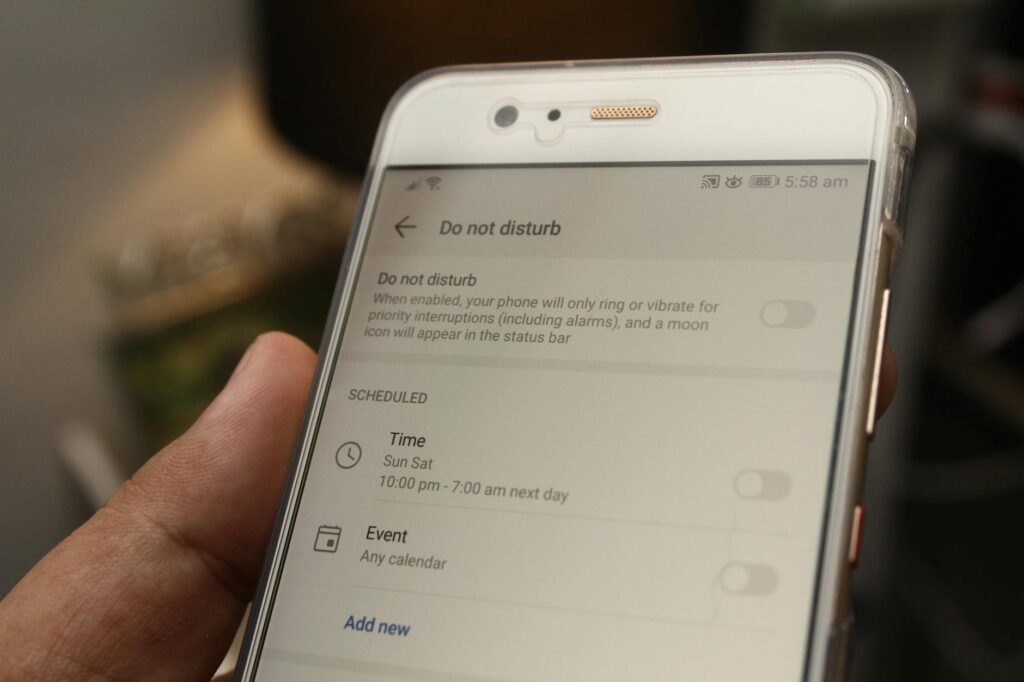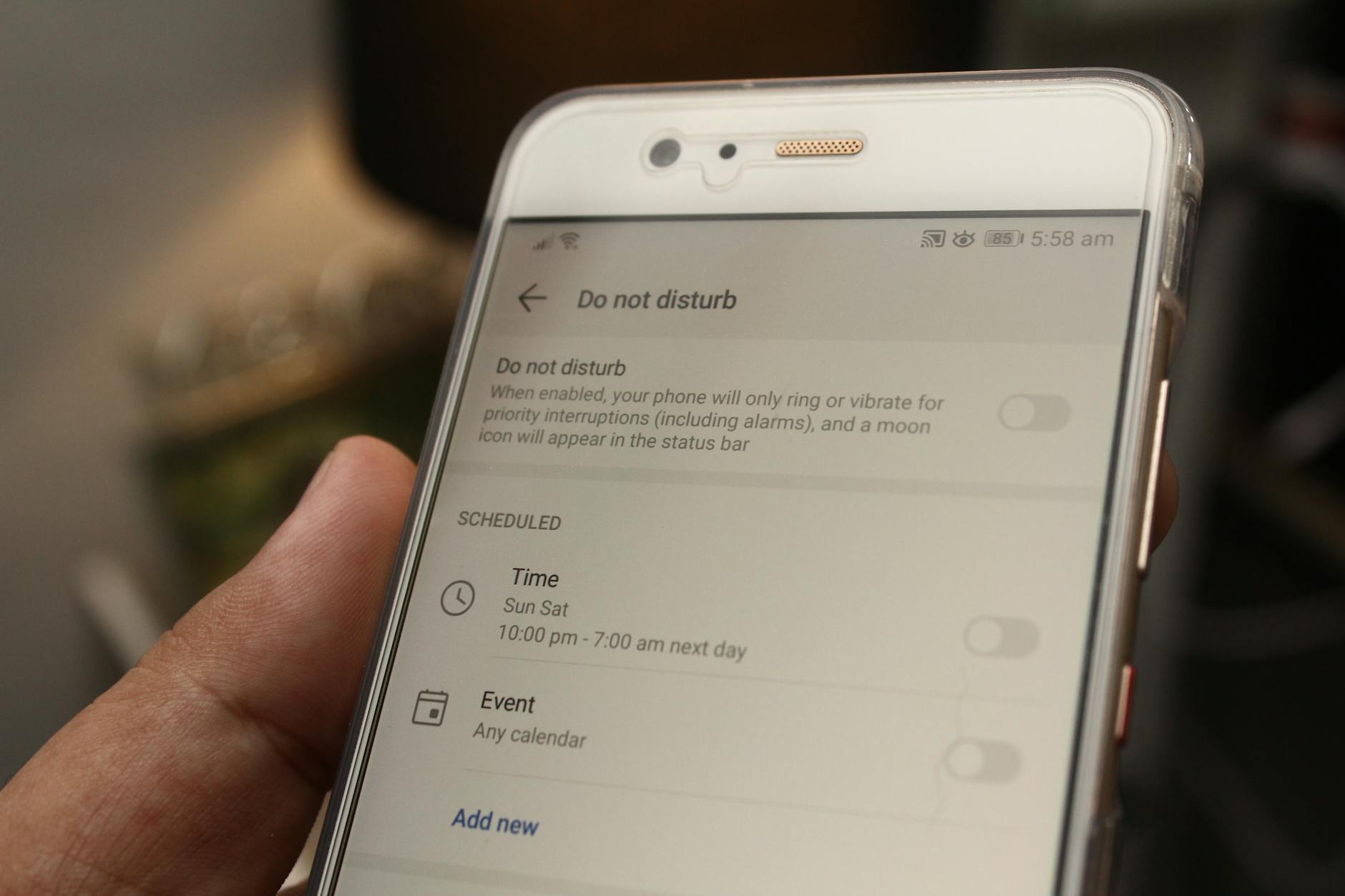What is smartphone boundaries?

What is smartphone boundaries?
In our tech-driven world, smartphones are both a tool and a distraction. As we use these devices for everything from work to socializing, it’s essential to establish smartphone boundaries. These boundaries help us maintain productivity and well-being while navigating the digital landscape. So, what exactly are smartphone boundaries, and why should you consider setting them?
Defining Smartphone Boundaries
Smartphone boundaries are the limits we set on how we use our devices. These limitations can touch various aspects of our personal and professional lives. For example, you might decide to restrict the number of times you check social media during work hours, or perhaps establish specific times of day when you won’t use your phone at all.
Setting these boundaries is crucial because it allows us to regain control over our time and attention. Instead of letting our smartphones dictate our actions, we can choose how and when to engage. This autonomy is vital in maintaining a healthy relationship with technology.
The Importance of Setting Boundaries
Why is it so important to establish smartphone boundaries? The answer lies in mental health and productivity. With smartphones buzzing and beeping constantly, it can be easy to fall into a cycle of distraction. This leads to increased anxiety and diminished focus. Research shows that setting boundaries with smartphone use can significantly reduce stress levels and improve overall mental well-being. For more insights, check out 7 Boundaries You Can Set With Your Phone to Lower Anxiety.
Types of Smartphone Boundaries
Smartphone boundaries can be categorized into various types, including:
- Time Limits: Establishing specific hours during which you allow yourself to use your phone. This can help reduce screen time and enhance focus.
- Usage Restrictions: Deciding which apps are off-limits during work hours or personal time.
- Communication Preferences: Choosing when and how you engage with messages and calls. This might mean setting your phone to “Do Not Disturb” during important meetings or family dinners.
By implementing these boundaries, you can create a healthier digital environment that promotes productivity and reduces stress.
Strategies for Establishing Smartphone Boundaries
Now that we understand what smartphone boundaries are, how do we implement them effectively? Here are some actionable strategies you can adopt.
Setting Physical Boundaries
One effective way to create smartphone boundaries is by designating phone-free zones or times. For instance, consider keeping your phone out of the bedroom to reduce distractions at night. Additionally, you might choose to create “phone-free” periods during meals or family gatherings. By physically separating yourself from your device, you can foster deeper connections with those around you.

Photo by Daniel Moises Magulado
Utilizing Technology to Aid Boundaries
Ironically, technology can be a valuable ally in establishing smartphone boundaries. Many apps are designed to help users monitor their screen time and limit app usage. For instance, you can use features like Screen Time on iOS or Digital Wellbeing on Android to track time spent on apps and set daily limits. These tools can promote accountability and help you stay within your established boundaries.
Creating a Healthy Relationship with Your Smartphone
Mindfulness plays a crucial role in setting smartphone boundaries. Taking time for self-reflection can help you understand your phone habits. Consider asking yourself questions like, “How does using my phone impact my mood?” or “Am I using my phone to escape from real-life interactions?” This introspection can guide you in making more informed decisions about your smartphone use.
The Benefits of Maintaining Smartphone Boundaries
Establishing smartphone boundaries is not just about restriction; it can lead to significant benefits in your daily life.
Enhancing Productivity and Focus
When you set smartphone boundaries, you can experience improved concentration and work efficiency. For example, if you limit notifications during work hours, you’ll find it easier to focus on tasks without constant interruptions. This can lead to higher-quality work and a greater sense of accomplishment.
Improving Work-Life Balance
Smartphone boundaries can also greatly enhance work-life balance. By clearly defining when you’re available for work-related tasks and when you’re off the clock, you can create a clearer separation between your professional and personal life. This balance is essential for maintaining both mental health and productivity. If you want to learn more, visit How to Set Personal Boundaries with your Phone.
Conclusion and Call to Action
In conclusion, smartphone boundaries are a vital part of navigating our digital lives in a healthy way. By defining what these boundaries are, implementing strategies to set them, and recognizing their benefits, you can regain control over your device usage. Start today by reflecting on your phone habits and establishing boundaries that work for you. Remember, it’s all about creating a balance that promotes your well-being and productivity. So, go ahead and take that first step—your future self will thank you!